Health
To keep your teeth white, bright and healthy, follow these 7 tips from dental experts

Dental hygiene is important — as is taking pride in your “pearly whites.”
But keeping your teeth bright and white can be a challenge, with various factors causing discoloration.
Dr. Ronald Santana, head of science and development at Oral Biolife in Pennsylvania, noted that tooth discoloration refers to the “staining or darkening of teeth” from internal or external factors.
TIKTOK VIDEO FROM LONDON DENTIST GOES VIRAL FOR REVEALING 3 SURPRISING TIMES YOU SHOULD NOT BRUSH YOUR TEETH
“Extrinsic discoloration is caused by color changes of the tooth enamel by external factors such as smoking, foods or beverages, including coffee, tea and red wine,” he said in a statement to Fox News Digital.
“Intrinsic discoloration affects the tooth dentin and is caused by some medications taken during childhood (tetracyclines), dental trauma and certain diseases (liver disease).”
One dentist’s rule is, “If it can stain a white T-shirt, it can stain your teeth.” (iStock)
Dr. Erin Fraundorf, owner of BOCA Orthodontic and Whitening Studio in Ladue, Missouri, agreed that numerous factors can cause the discoloring of teeth.
While there is “no way to know the cause without being evaluated and diagnosed by a professional,” the expert said that diet, smoking, medications, trauma, genetics, thin enamel and the wearing down of teeth via grinding and chewing can all lead to discoloration.
IS MOUTH BREATHING BAD FOR YOUR TEETH? DENTAL PROFESSIONALS SHARE RISKS AND REMEDIES
“A good general rule of thumb is that if it can stain a white T-shirt, it can stain your teeth,” she told Fox News Digital.
Santana and Fraundorf offered seven tips on how to get your teeth whiter and brighter.
1. Develop an oral care routine
Fraundorf recommended brushing at least twice a day with an electric toothbrush and using toothpaste with fluoride or nano-hydroxyapatite (nHA).
“Avoid using charcoal or other abrasive toothpastes, as they damage enamel over time, making teeth darker,” she said.
THESE ARE THE WORST DENTAL MISTAKES YOU CAN MAKE FOR YOUR TEETH
“Transform mundane oral care into a self-care ritual to make it an experience,” she added.
While some people might feel inclined to try at-home teeth-whitening remedies, Santana stressed that “care should be exercised in selecting a safe and effective at-home approach for tooth whitening.”

Experts say it’s best to avoid using charcoal or other “abrasive” toothpastes. (iStock)
“Avoid trying at-home approaches before seeing a dentist, because some substances may damage the tooth enamel,” he warned.
“Adequate” toothbrushing is an “effective” way to reduce the discoloration of your teeth, according to Santana.
PRACTICE GOOD ORAL HYGIENE TO PROTECT YOURSELF AGAINST PERIODONTITIS
“Tooth brushing with a correct brushing technique, employing a whitening dentifrice and using an electric toothbrush are effective resources to reduce tooth discoloration.”
Fraundorf added that flossing with toothpaste, using a water flosser to remove plaque and using a tongue scraper daily to decrease bacteria can also promote whiter teeth.
2. Drink more water
Water is “the best thing you can drink to keep your teeth healthy and white,” according to Fraundorf.
“Next time you have that cup of coffee or glass of red wine, take a swig of water in between sips and briefly swish around,” she advised.

Water is “the best thing you can drink to keep your teeth healthy and white,” a dentist suggested. (iStock)
“Water will not only prevent the staining particles from clinging onto your teeth, it will also help neutralize the acidity of the beverage.”
Fraundorf also recommended choosing flat water rather than sparkling.
“Drink and swish with it frequently to neutralize your oral environment and fight stains,” she suggested.
3. Chew sugar-free gum
Studies suggest that cavities are “significantly lower” in patients who chew sugar-free gum for 20 minutes after a meal, Fraundorf noted.
DENTISTS REVEAL WHY YOU SHOULDN’T BRUSH YOUR TEETH IN THE SHOWER
“Chewing sugar-free gum increases salivary flow by stimulating mechanical and taste receptors in the mouth,” she told Fox News Digital.
“Saliva helps wash away food particles as well as dilute and neutralize acids produced by plaque bacteria on teeth, leading to a reduction in cavities and stains.”
4. Drink through a straw
Using a straw, especially when drinking dark, acidic or sugary beverages, can help decrease the contact these substances make with your teeth.
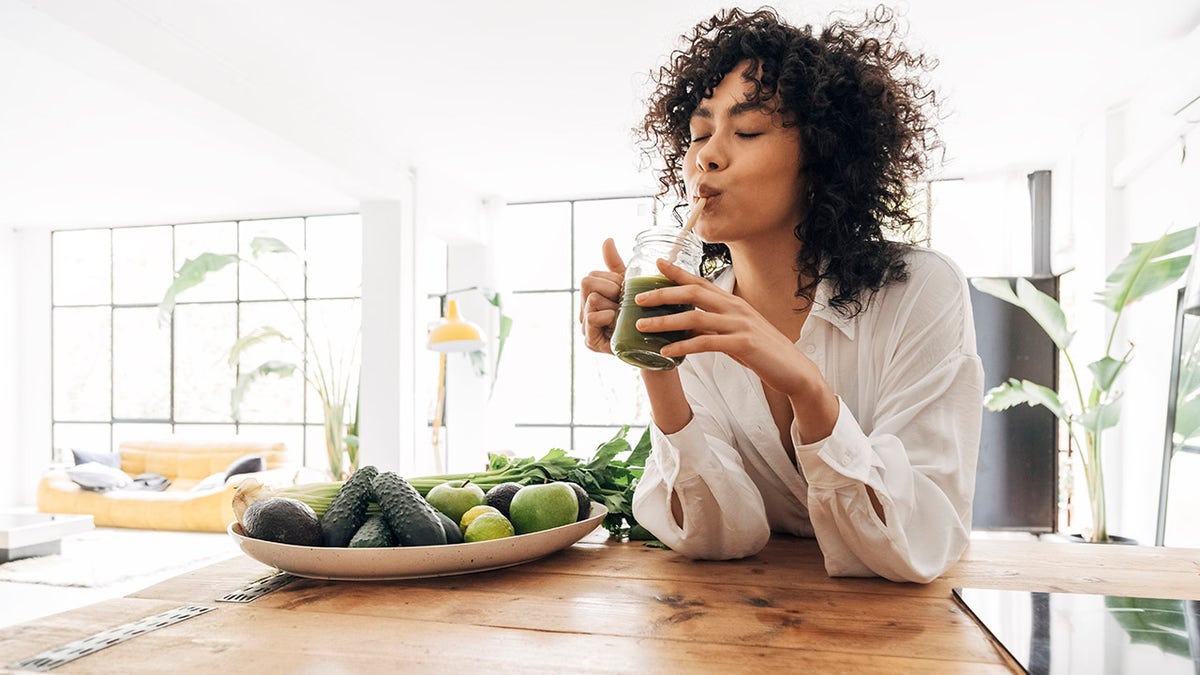
Drinking through a straw decreases the liquid’s contact with your teeth, experts advised. (iStock)
“For extra credit, try drinking beverages more quickly to reduce the amount of time your oral environment is exposed to a lower pH, therefore decreasing the amount of enamel damage,” Fraundorf said.
5. Fight stains with fruits and veggies
Certain foods and drinks — such as red wine, soda, soy sauce, curry, balsamic vinegar and coffee — may stain your teeth and should be avoided, Santana said.
ASK A DOC: ‘WHY DO MY GUMS BLEED AFTER I BRUSH MY TEETH, AND WHAT SHOULD I DO ABOUT IT?’
“Moreover, although the scientific evidence is limited, consumption of a balanced, healthy diet — containing strawberries, grapes, apples, watermelon, papaya, pineapple, cheese, celery, carrots, broccoli and almonds — may limit tooth staining,” he noted.
Fraundorf agreed that “superfoods may be one of the best (and tastiest) ways to whiten your teeth naturally.”
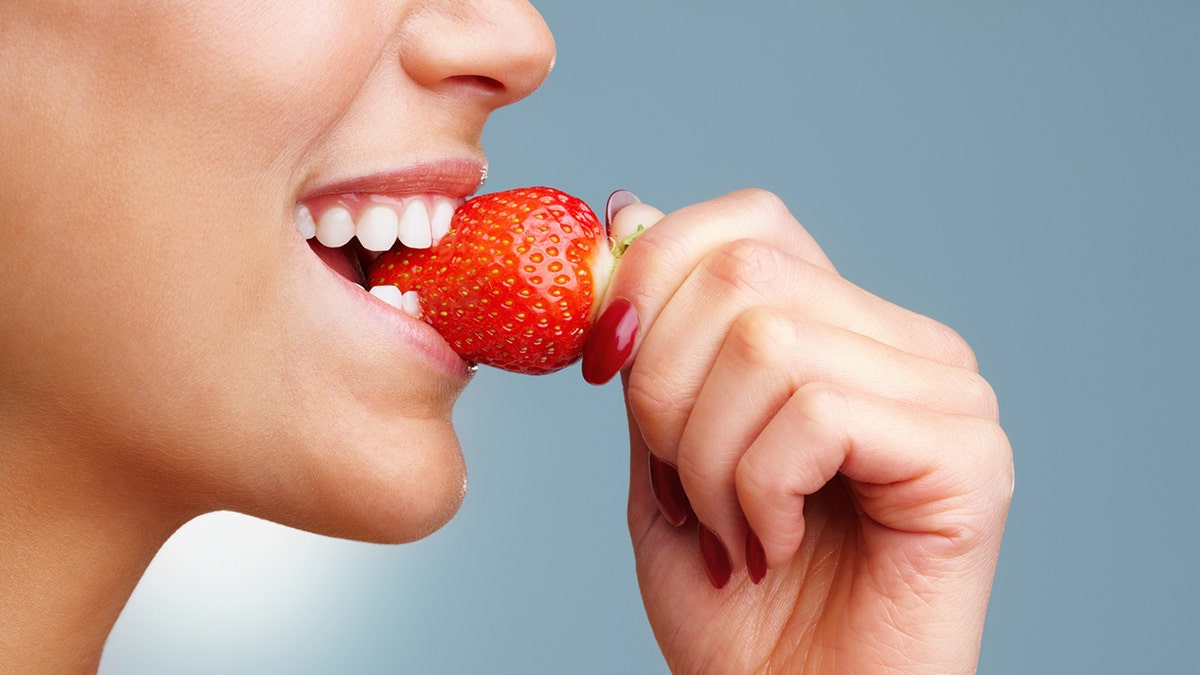
Superfoods like strawberries can help whiten teeth, according to experts. (iStock)
“Strawberries, apples and watermelon all contain a lot of malic acid, which helps whiten your smile by removing surface stains and increasing saliva,” she said.
Other superfoods that can help whiten teeth include celery and leafy greens, since their “fibrous textures act like a natural toothbrush, exfoliating plaque off your teeth,” Fraundorf added.
CLICK HERE TO SIGN UP FOR OUR HEALTH NEWSLETTER
“Dark, leafy greens also contain calcium, counteracting the effects of acids, and an abundance of folic acid, which is essential to gum tissue cell growth.”
6. Visit the dentist
“Maintaining excellent oral health is the most important thing you can do to achieve a bright smile,” Fraundorf told Fox News Digital.
“Set a calendar reminder to get regular check-ups and cleanings with your general dentist.”
Santana added, “Your dentist can prescribe safe and customized resources for tooth whitening tailored to your specific needs.”

Patients should visit the dentist for a general check-up every six months, experts recommended. (iStock)
7. Consider professional teeth whitening
Although being diligent about oral care can help keep teeth bright, Fraundorf suggested that professional teeth whitening could be necessary to “take your smile to the next level.”
“Maintaining excellent oral health is the most important thing you can do to achieve a bright smile.”
“Whitening treatments are not one-size-fits-all, so it is important to seek customized care,” she said.
“The most ideal whitening treatment is one specific to you, crafted based on your unique smile goals, teeth composition, diet, sensitivity level and lifestyle.”
She added, “A multitude of factors go into a proper diagnosis and customized treatment plan for teeth whitening to ensure the best, most comfortable, beautiful results.”
Artificial tooth structures, like crowns, veneers and composites, won’t whiten, according to the expert — which means whitening these teeth will require extra restorative work.
For more Health articles, visit www.foxnews.com/health.

Health
Find Yourself Waking up Dizzy? This Is What Doctors Want Women Over 50 To Know

Sign Up
Create a free account to access exclusive content, play games, solve puzzles, test your pop-culture knowledge and receive special offers.
Already have an account? Login
Forgot your password?
Get back to the Sign In
Use left and right arrow keys to navigate between menu items.
Use escape to exit the menu.
Health
Pregnancy-related deaths back down to pre-pandemic levels, CDC data says
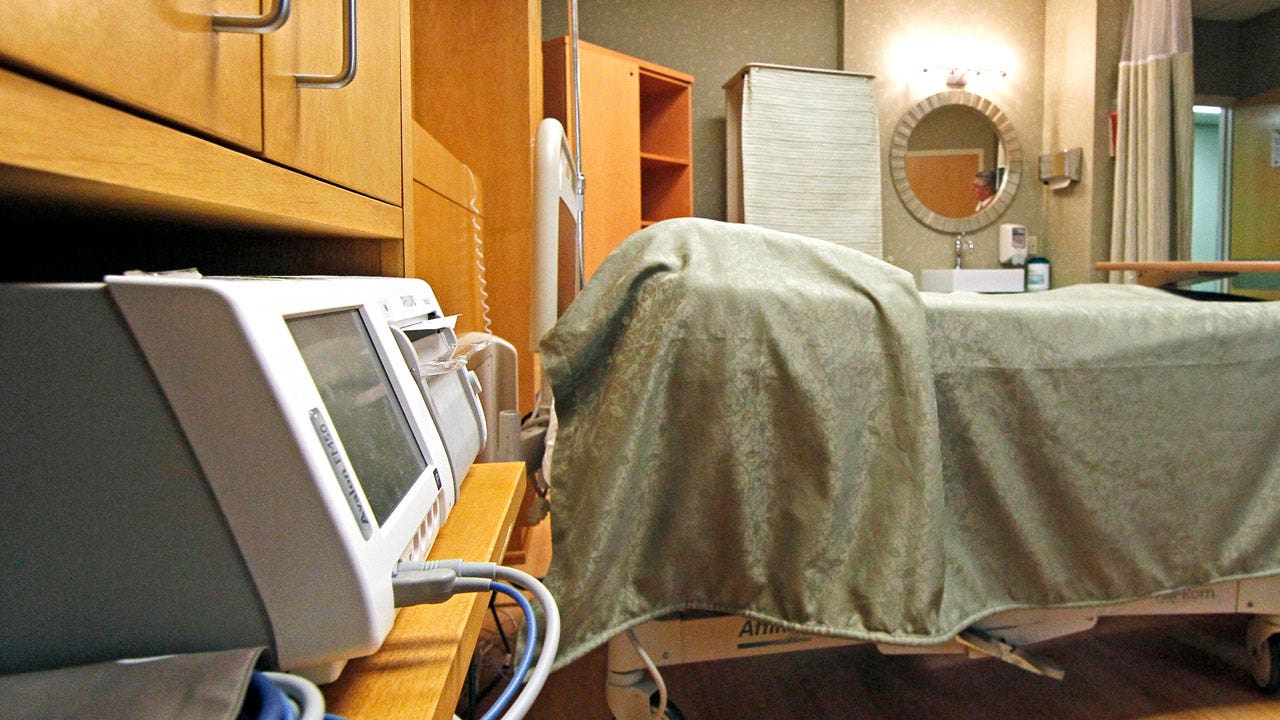
U.S. pregnancy-related deaths have fallen back to pre-pandemic levels, new government data suggests.
About 680 women died last year during pregnancy or shortly after childbirth, according to provisional CDC data. That’s down from 817 deaths in 2022 and 1,205 in 2021, when it was the highest level in more than 50 years.
COVID-19 seems to be the main explanation for the improvement, said Donna Hoyert, a Centers for Disease Control and Prevention maternal mortality researcher.
US BIRTHS SAW NOTABLE DECREASE IN 2023, MARKING END TO LATE PANDEMIC REBOUND, EXPERTS SAY
The coronavirus can be particularly dangerous to pregnant women. And, in the worst days of the pandemic, burned out physicians may have added to the risk by ignoring pregnant women’s worries, experts say.
Fewer death certificates are mentioning COVID-19 as a contributor to pregnancy-related deaths. The count was over 400 in 2021 but fewer than 10 last year, Hoyert said.
The agency on Thursday released a report detailing the final maternal mortality data for 2022. It also recently released provisional data for 2023. Those numbers are expected to change after further analysis — the final 2022 number was 11% higher than the provisional one. Still, 2023 is expected to end up down from 2022, Hoyert said.
A room in a Mississippi hospital maternity ward is seen on Oct. 11, 2012. In 2023, U.S. pregnancy-related deaths fell back to pre-pandemic levels, according to data released by the Centers for Disease Control and Prevention on May 2, 2024. (AP Photo/Rogelio V. Solis, File)
The CDC counts women who die while pregnant, during childbirth and up to 42 days after birth from conditions considered related to pregnancy. Excessive bleeding, blood vessel blockages and infections are leading causes.
There were about 19 maternal deaths for every 100,000 live births in 2023, according to the provisional data. That’s in line with rates seen in 2018 and 2019.
But racial disparities remain: The death rate in Black moms is more than two-and-a-half times higher than that of white and Hispanic mothers.
“In the last five years we’ve really not improved on lowering the maternal death rate in our country, so there’s still a lot of work to do,” said Ashley Stoneburner, the March of Dimes’ director of applied research and analytics.
The advocacy organization this week kicked off an education campaign to get more pregnant women to consider taking low-dose aspirin if they are at risk of preeclempsia — a high blood pressure disorder that can harm both the mother and baby.
There are other efforts that may be helping to lower deaths and lingering health problems related to pregnancy, including stepped-up efforts to fight infections and address blood loss, said Dr. Laura Riley, a New York City-based obstetrician who handles high-risk pregnancies.
But there’s a risk that those kinds of improvements are being offset by a number of factors that may reduce the ability of women to get medical care before, during and after a birth, she said. Experts say the list includes the closure of rural hospitals and a 2022 U.S. Supreme Court decision that did away with the federally established right to abortion — and contributed to physician burnout by causing doctors to feel constrained about providing care during pregnancy-related medical emergencies.
“I think there’s good news. We’re making strides in certain areas,” said Riley, head OB-GYN at Weill Cornell Medicine. “But the bad news and scary news is … there are these other political and social forces that make this (reducing maternal deaths) difficult.”
Health
Eating one type of fruit regularly could reduce diabetes risk in women, study suggests: 'Incredibly healthy'
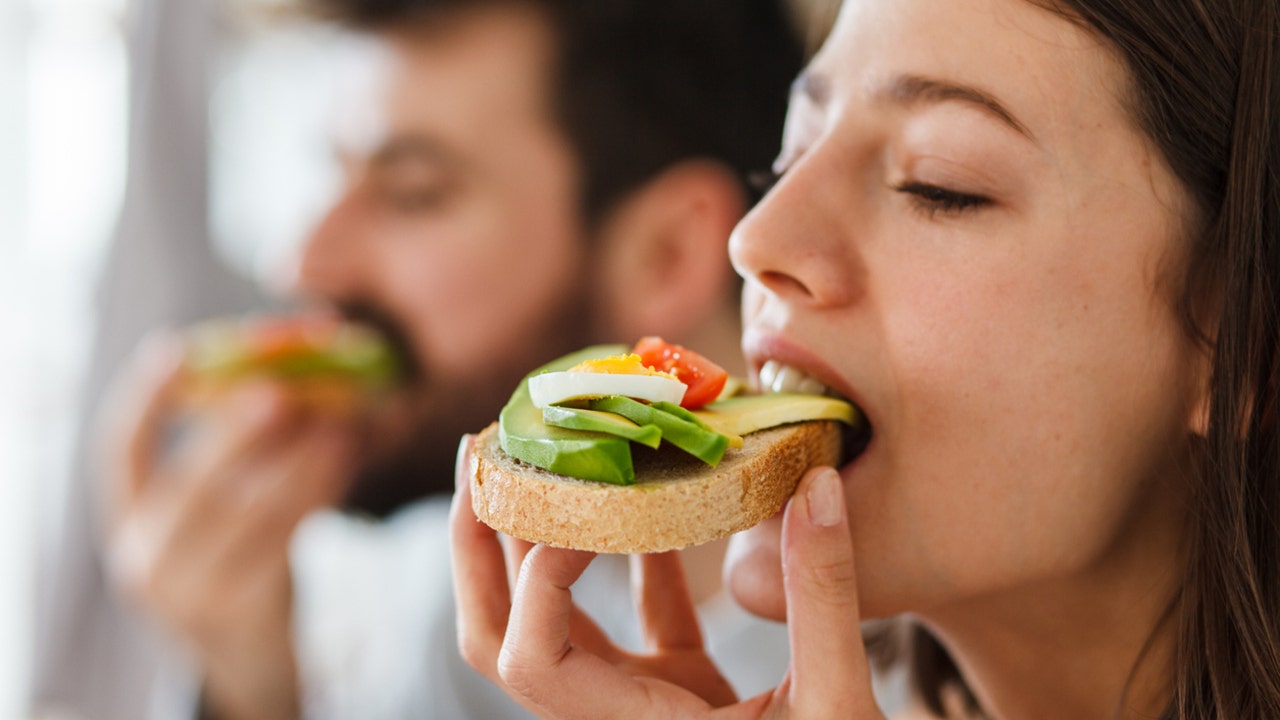
Eating avocados could be helpful when it comes to avoiding diabetes.
A new study published in the Journal of the Academy of Nutrition and Dietetics identified a link between eating avocados and reduced diabetes risk in some Mexican adults.
Researchers studied the dietary habits and diabetes diagnosis data from the Mexican National Survey of Health and Nutrition in the years 2012, 2016 and 2018.
BROWN SEAWEED CONSUMPTION COULD HELP MANAGE AND PREVENT TYPE 2 DIABETES, STUDY SHOWS
Of the 25,640 qualified respondents aged 20 and older, approximately 59% were female and more than 60% had abdominal obesity.
About 45% of participants reported eating avocados daily — 34.7 grams on average for men, and 29.8 grams for women.
Avocado eaters of both genders have an overall more nutritious diet, according to Medical News Today. (iStock)
“Among women, this study showed that compared to avocado non-consumers, avocado consumers had more than 20% lower odds of diabetes even after adjusting for various factors such as age, education level, body weight, physical activity and more,” said study author Feon Cheng, PhD, a nutrition epidemiologist at the Avocado Nutrition Center in Mission Viejo, California, in a statement to Fox News Digital.
(Cheng noted that her affiliation with the Avocado Nutrition Center did not influence the research methods or analysis.)
TYPE 2 DIABETES A MUCH GREATER RISK FOR ‘NIGHT OWLS’ THAN FOR EARLY BIRDS, A ‘STARTLING’ NEW STUDY FINDS
“This research is especially important considering that Hispanic adults are more likely to develop diabetes in their lifetime than U.S. adults overall and at a younger age,” Cheng said.
The same diabetes-reducing effects were not observed in men.
“It is interesting that there were differences between men and women, which may be attributed to different lifestyle factors,” Cheng noted.

Diabetes-reducing effects were observed in female study participants — but the same benefits were not found in men, per this research. (iStock )
“Although we did not compare lifestyle factors in this study, it warrants future research to explore whether they may help explain the difference seen between men and women.”
They also noted that avocados contain “numerous vitamins, minerals and phytochemicals, which can contribute to reducing the risk of metabolic syndrome and diabetes.”
SPINACH VS. KALE: WHICH IS ‘BETTER’ FOR YOU? NUTRITIONISTS SETTLE THE GREAT DEBATE
Tanya Freirich, a registered dietitian nutritionist in Charlotte, North Carolina, was not involved in the study, but told Fox News Digital that avocados are “an incredibly healthy food choice.”
The fruit is “full of omega-3 fats, low in carbohydrates, and high in fiber, magnesium, potassium and vitamins C, E and K,” the nutritionist pointed out.

Diabetes is the second leading cause of death in Mexico, according to the National Institute of Health. (iStock)
Consuming avocados, however, will not completely negate unhealthy food and lifestyle choices, Freirich said.
“While it makes sense that this low glycemic index and nutritious food could be associated with a reduced risk of diabetes, I recommend that people also take into consideration the rest of their diet,” she advised.
YOUR DIABETES RISK MAY DOUBLE IF YOU EAT THIS FOOD TWICE A WEEK, SAYS HARVARD RESEARCHERS
“To reduce your diabetes risk even further, in addition to adding avocados as part of your overall healthy eating pattern, also work on reducing added sugars, choosing high-fiber whole grains and consuming plenty of vegetables.”

People should adhere to a well-balanced diet to reduce diabetes risk, a nutritionist advised. (iStock)
Michelle Routhenstein, a New York-based preventive cardiology dietitian at EntirelyNourished.com, seconded the notion that avocados alone will not help lower diabetes risk. (She was not involved in the study.)
“We need to assess the whole diet, balance of meals and snacks, timing of eating, and other lifestyle factors like stress management, sleep quality and physical activity,” she told Fox News Digital.
MAKE IT: TOM BRADY’S FAVORITE AVOCADO ICE CREAM
New Jersey-based registered dietitian Erin Palinski-Wade, a consultant for the HASS Avocado Board, shared with Fox News Digital that she is “not surprised” at the new study’s conclusions about reduced diabetes risk and consumption of fresh avocado.
“Unlike most other fruits, avocados contain zero grams of naturally occurring sugar per serving and do not affect the glycemic response,” she said.
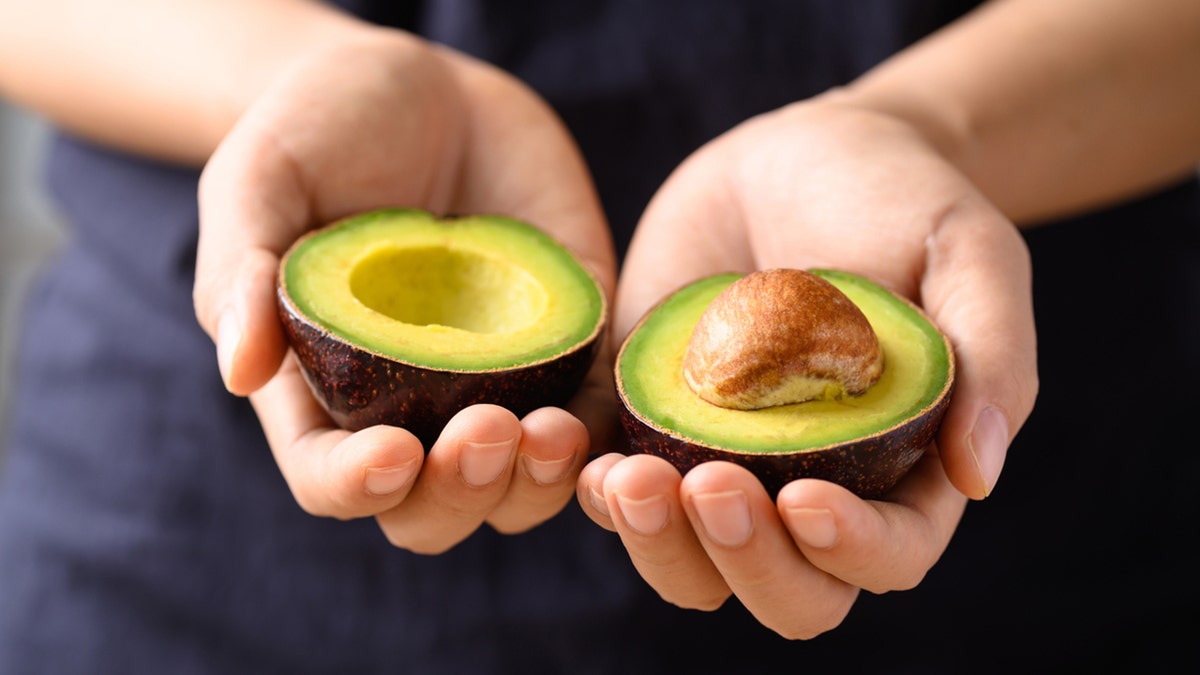
Avocados are a source of “good fats, fiber and a variety of vitamins and minerals,” according to a nutritionist. (iStock)
“A serving of avocado (one-third of a medium avocado or 50 grams) also provides a good source of fiber, which helps manage blood sugar levels,” Palinski-Wade added.
Previous research has shown that adding avocados to a meal could offer a “variety of benefits, such as lower post-meal glucose levels and improved satiety,” the nutritionist told Fox News Digital.
Consuming avocados will not completely negate unhealthy food and lifestyle choices, experts warned.
Scientists in a clinical trial supported by the Avocado Nutrition Center found that including a half or whole avocado at breakfast “decreased the participants’ glucose and insulin,” according to Palinski-Wade.
“That shows how adding avocado to a meal may support blood sugar management,” she noted.
“The body of evidence on avocados and diabetes is encouraging, and this new study adds to the evidence supporting avocados’ role in diabetes care and prevention.”
CLICK HERE TO SIGN UP FOR OUR HEALTH NEWSLETTER
Although the findings are positive, Palinski-Wade emphasized that the research has its limitations, as it does not generalize the results for all people.
“More research is still needed in certain areas,” she said.
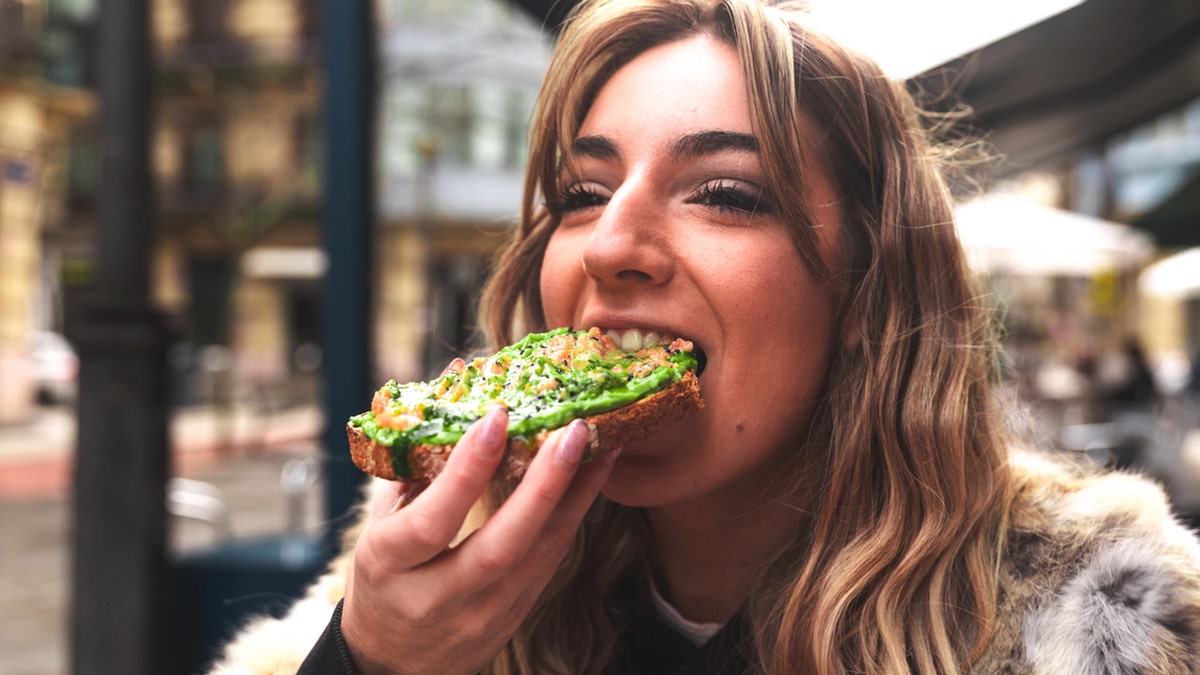
Scientists in a clinical trial supported by the Avocado Nutrition Center found that including a half or whole avocado at breakfast decreased glucose and insulin. (iStock)
“Avocados can be a great way to add more variety to your plate while increasing your intake of good fats, fiber and a variety of vitamins and minerals, all nutrients that help to reduce the risk of chronic illness, including type 2 diabetes.”
The study did have some limitations, the researchers noted.
“Although the food-frequency questionnaire is validated and used to assess how often study participants consumed avocados in the past seven days, self-reported avocado consumption may overestimate or underestimate actual intake,” Cheng told Fox News Digital.
“Additionally, the cross-sectional nature of the study cannot establish causation.”
For more Health articles, visit foxnews.com/health
-

 News1 week ago
News1 week agoFirst cargo ship passes through new channel since Baltimore bridge collapse
-

 World1 week ago
World1 week agoHaiti Prime Minister Ariel Henry resigns, transitional council takes power
-

 Movie Reviews1 week ago
Movie Reviews1 week agoAbigail Movie Review: When pirouettes turn perilous
-

 World1 week ago
World1 week agoEU Parliament leaders recall term's highs and lows at last sitting
-

 Politics1 week ago
Politics1 week ago911 call transcript details Democratic Minnesota state senator’s alleged burglary at stepmother's home
-

 Science1 week ago
Science1 week agoOpinion: America's 'big glass' dominance hangs on the fate of two powerful new telescopes
-

 Politics1 week ago
Politics1 week agoGOP lawmakers demand major donors pull funding from Columbia over 'antisemitic incidents'
-

 World1 week ago
World1 week agoHamas ‘serious’ about captives’ release but not without Gaza ceasefire















